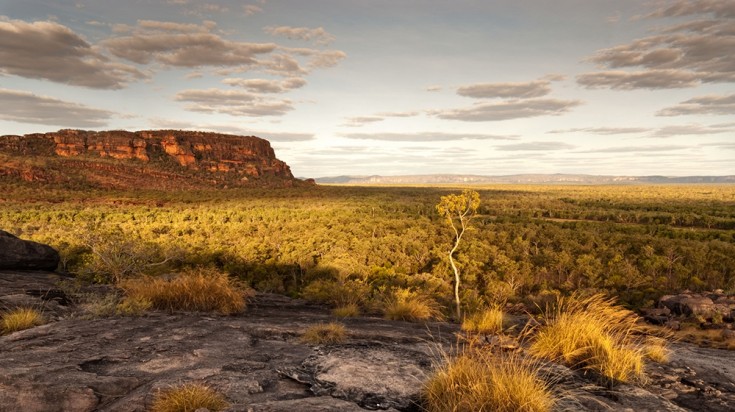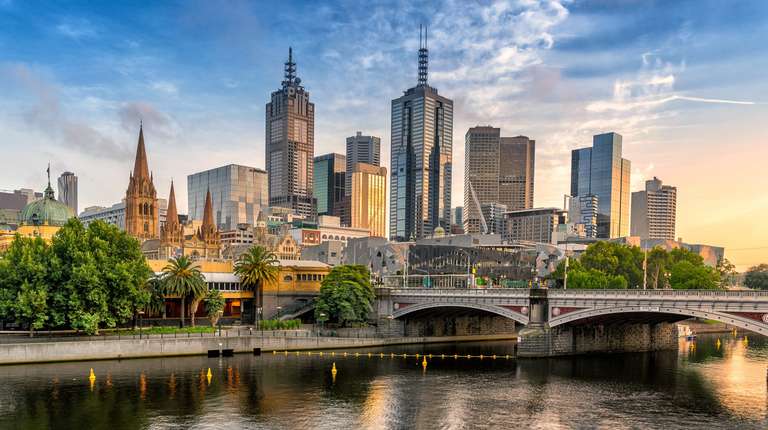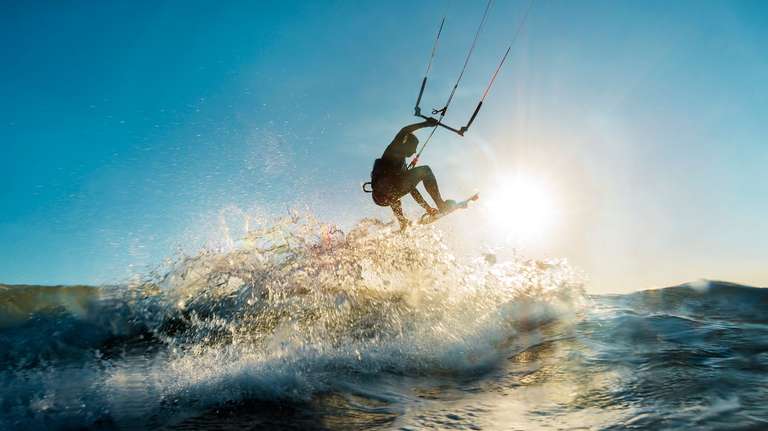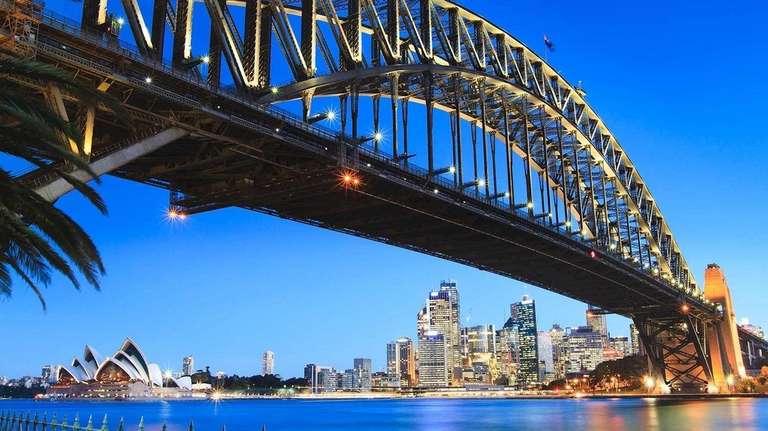Kakadu National Park: An Overview

- Rosario Maria Gagliano
- From Italy
- Rosario Maria Gagliano
- From Italy
- Heather M
- From
- Christopher H
- From
Kakadu National Park facts
| Visitors per year | Over 210,000 tourists visit Kakadu each year, with the highest number of visitors coming in late July. |
| Common animal sightings | Since the natural terrain changes, the variety of animals you will see changes with the landscape. Look for exotic animals like dingoes, wallabies, dugongs and saltwater crocodiles.The park is also home to an astounding variety of bird species. |
| Best time to visit | During the dry season from May to September |
| Climate | The climate is tropical monsoon, which means it is often hot and humid, and when it rains it pours. Tropical summer runs from November through April and the dry season from May through October. Temperatures are highest in October and November, with daytime temperatures of 40°C and evening temperatures of 25°C. |
Highlights:
- Discover natural rock art galleries from over 20,000 years ago
- Visit the waterfalls, climb the escarpments and swim in the plunge pools
Spy the abundant wildlife in its natural habitat, like the rivers for the crocodiles and the billabong for the wallabies. - Enjoy convenience and lodge inside the park; there are facilities for camping out to hotels shaped like crocodiles.
- Experience the culture of the aboriginal people. Visit their communities and explore the customs and traditions.
Lowlights
- The park is often flooded during the rainy season (from November through April), and a number of attractions close during this time
- Distances between the park sites are long, so you may spend a lot of time travelling from one point to another
5 Things to do
It is almost overwhelming what there is to see and do in Kakadu National Park. Out of all of the national parks in Australia, Kakadu has some of the most diverse activities that you can find in the Australian outback; from swimming in a plunge pool under a waterfall to hiking over a stunning escarpment, your days can fill up easily with any number of great adventures! Here are our top five choices.
1. Visit Ubirr’s Rock Art Gallery


Do not miss the chance to explore one of the greatest sites of rock art in the world. The Kakadu Rock Art Gallery at Ubirr has the highest concentration of paintings, some up to 20,000 years old. It is one of the longest historical records of any group of people, preserving the fascinating accounts of Aboriginal life. After your examination of the ancient art, end your visit to Ubirr with a climb to the lookout where you can gaze upon the wilderness landscape or stay to watch the sun go down and the stars come out.
2. Croc spotting in Yellow Water Billabong

Go wild and head out on an adventure to spot a croc! Kakadu National Park is home to over 10,000 crocodiles and spotting one can be quite exciting. If you choose to go to the Yellow Water Billabong, you can either look for the crocodiles from a safe, on-shore boardwalk and platform (July–November only) or even better — you can take a local-company cruise with an experienced guide. Sunset and sunrise are the best times to spot crocs, so if you’re keen on a cruise you should probably think about booking ahead. Cruises operate year-round.
3. Visit the waterfalls

Considered one of the finest waterfalls in Kakadu, the cascading waters of Gunlom Falls is regarded as one of the best things to see in Kakadu National Park. What’s more, the waterfall has a plunge pool as well as a sandy beach at its base. Pristine and beckoning to visitors, you can’t miss taking a dip and then relaxing in this beautiful spot. If you’re feeling energetic, hike or climb the kilometer-return trail to Gunlom Lookout for rock pools and a spectacular view. Other popular waterfalls in the park including JimJim Falls, Twin Falls Gorge and Maguk falls.
4. Take walks around the park
It would be a shame not to hike at least one trail in the park. A hike through the national park is a great way to get up close to many of the park’s sites and wildlife. There are several trails that lead to waterfalls and plunge pools. Visitors can take self-guided walks or join guided walks through the trails. Walk the stunning escarpments or watch wildlife in the billabong, a dead river that fills with water between January and March. There are routes for all levels: hiking the waterfalls is challenging, while taking the circular walk at Anbangbang Billabong is much easier. Wildlife is always nearby but the wallabies at the billabong are quite the sight!
5. Learn about Aboriginal culture heritage
Kakadu National Park is home to the oldest-living culture on earth. A living cultural landscape, the park has been home to the Aboriginal people for over 45,000 years. The park partly belongs to clans made up of two or more families, who share ownership of land that was passed from generation to generation. Make sure you visit the Warradjan Aboriginal Cultural Centre (open 9am – 5pm in high season) to learn about the culture of the aboriginals.
The Aboriginal people are gracious and welcoming towards visitors; however, you should make sure you always show respect to the Aboriginal culture by not entering restricted areas, these maybe be important cultural sites or even someone's home.
Good to know

- Kakadu is vast and the distances between the attractions are huge so trying to see the park on your own is hard. Consider a tour for convenience. Tours can be arranged from Darwin to Kakadu National Park, the closest city to the park and the best starting point for your adventure.
- With so much to see in Kakadu, plan a proper schedule to make sure so none of your time in the park is wasted trying to figure out where to go next.
- Because of its vastness, you will need a vehicle. Consider taking a bus tour, or else you can drive yourself.
- Make sure to opt for a 4WD rather than the 2WD.
- Some of the parks sites such as Twin Falls, JimJim falls and Yellow Region are not open year-round, so be sure to check.
- Camping is great but if it is not your thing, you can still experience the park in all its glory if you stay at other lodging in the park.
- If you come during the rainy season, opt for the plane ride that lets you see the beauty of the park without getting soaked.
Kakadu is a spectacular park that should not be missed on your itinerary to this region of Australia. It is said that culturally, Aboriginal people do not greet each other upon arrival, but they always say goodbye. “Bo bo” is goodbye (pronounced bor bor) so upon leaving Kakadu National Park, as a sign of gratitude and respect, smile and say Bo bo. You will be glad you did.















